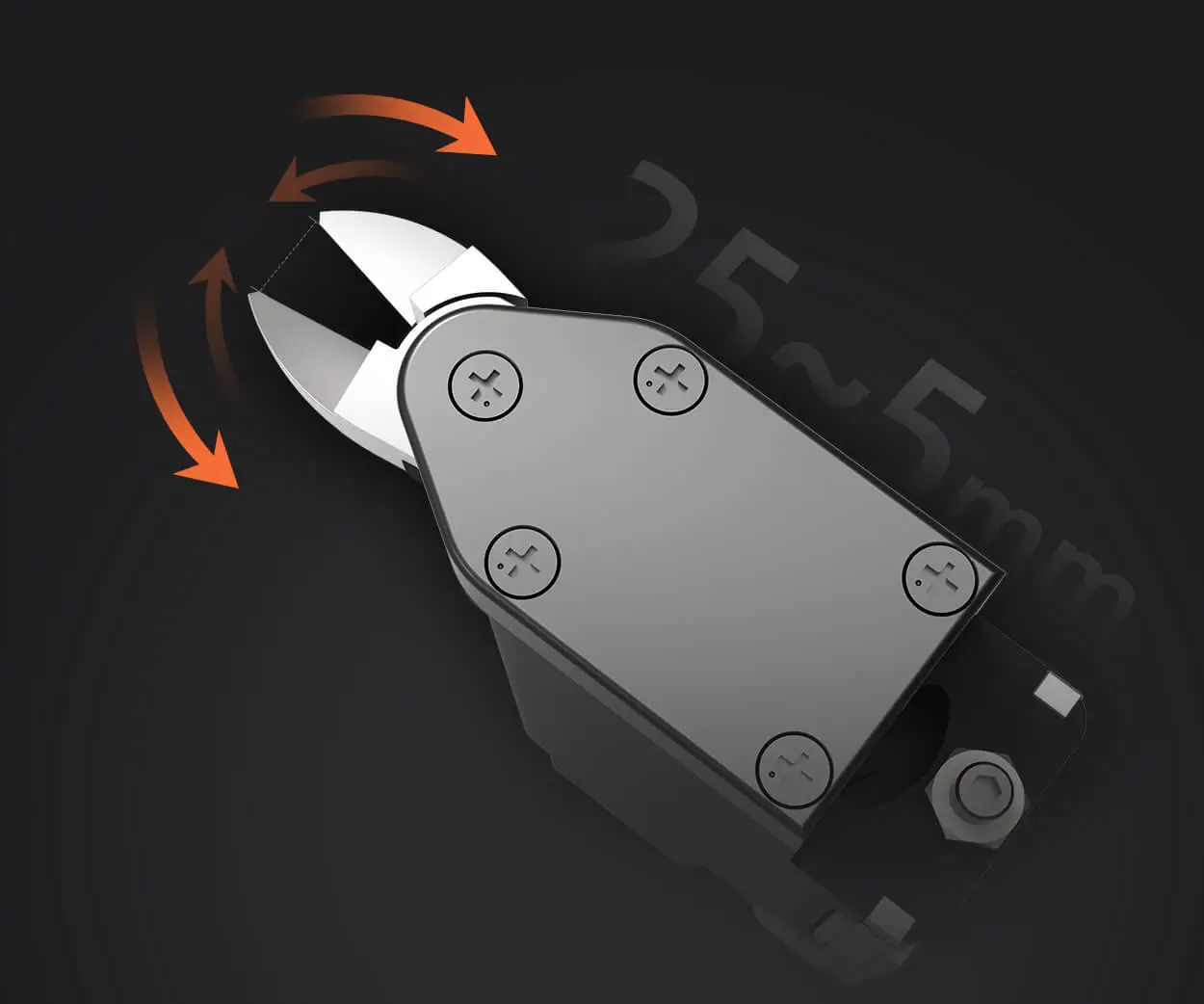If you’ve ever marveled at a robot’s graceful movements, a remote-controlled plane’s precise flaps, or even an automated Halloween prop that gives you a jump scare, chances are a micro servo motor like the 9g SG90 is pulling the strings. This unassuming device, no heavier than a sheet of paper, is a quiet hero in the worlds of engineering, hobbyism, and creative tinkering. Let’s unpack why this tiny motor has become a staple for makers, engineers, and artists alike—and how you can harness its potential.

What Makes the SG90 Special?
The 9g SG90 servo motor is a lightweight, compact rotary actuator designed for precision control. Weighing just 9 grams and measuring 23mm x 12mm x 29mm, it’s small enough to fit in the palm of a child’s hand. But don’t let its size fool you. With a torque range of 1.2-1.4 kg/cm (depending on voltage), it can lift objects many times its weight. Its 180-degree rotation range makes it ideal for applications requiring controlled angular movement, from steering mechanisms in RC cars to animatronic puppet eyes.
What sets the SG90 apart is its accessibility. Priced at under $5, it’s a budget-friendly gateway into robotics and automation. Unlike bulkier servos, it’s easy to integrate into projects without overloading structures or draining power supplies. Plus, its three-wire interface (power, ground, signal) simplifies connections to popular microcontrollers like Arduino or Raspberry Pi.
The Anatomy of a Mini Powerhouse
Inside the SG90’s plastic casing lies a DC motor, a gear train, a potentiometer, and control circuitry. Here’s how it works:
The DC Motor: Generates rotational force. Gear Reduction System: Converts the motor’s high-speed, low-torque spin into slower, more powerful output. Potentiometer: Monitors the shaft’s position and feeds data back to the control board. Control Circuit: Adjusts the motor’s movement based on pulse-width modulation (PWM) signals from a microcontroller.
This closed-loop system allows the SG90 to hold its position against resistance—a feature that distinguishes servos from ordinary motors.
Hobbyist’s Playground: Classic Use Cases
The SG90 thrives in environments where precision meets simplicity. Here’s where it shines:
RC Vehicles: Steering systems in cars, ailerons in drones, and rudders in boats. Robotics: Joints for robotic arms, pan-and-tilt camera mounts, or bipedal robot legs. Home Automation: Motorizing blinds, rotating planters for even sunlight, or even feeding pets on a schedule. Art and Cosplay: Animatronic props, moving sculptures, or wearable tech with dynamic elements.
A maker once used six SG90s to create a robotic hand that translated sign language into text—proof that limitations exist only in imagination, not hardware.
Getting Started: Your First SG90 Project
Let’s build a solar-tracking system for a potted plant. You’ll need:
1x SG90 servo 1x Arduino Uno 1x Light-dependent resistor (LDR) Cardboard, glue, and a small platform.
Step 1: Mount the servo horizontally and attach a platform to its horn. Step 2: Place the LDR on the platform’s edge and wire it to the Arduino’s analog pin. Step 3: Program the Arduino to read light intensity. If the LDR detects uneven light, the servo rotates the platform toward the brighter side.
In under an hour, you’ve built a device that helps plants thrive—and learned the basics of feedback loops.
Pushing Boundaries: Unconventional SG90 Hacks
While the SG90 is designed for 180-degree motion, makers have hacked it for continuous rotation by modifying the potentiometer and gear train. This turns it into a compact gearmotor for wheeled robots or conveyor belts. Another modder stripped its casing to create a flat servo for ultra-slim drones. These tweaks aren’t in the manual, but they’re celebrated in forums and maker communities.
Troubleshooting Common Quirks
The SG90 isn’t flawless. Users often face:
Jittering: Caused by unstable power or PWM signal noise. Fix it with a decoupling capacitor (10µF) across the power pins. Overheating: Avoid stalling the motor for extended periods. If your project requires holding a position under load, consider periodic “rest” cycles. Limited Torque: Gearbox wear can reduce efficiency over time. Lubricate gears with silicone grease for longevity.
Advanced Projects to Level Up
Ready to go further? Try these:
Robotic Bartender: Use four SG90s to tilt bottles, press syrup pumps, and stir drinks. Add a voice-controlled interface for flair. Interactive Shadow Art: Attach figurines to servos and program them to cast evolving shadows based on room occupancy sensors. Smart Bird Feeder: Rotate a feeding tray with the SG90 to dispense seeds when a camera detects specific bird species.
The SG90 in Education
Educators love the SG90 for teaching mechatronics. High school students in Portugal used these motors to build a low-cost robotic exoskeleton aiding patients with hand tremors. The project won a science fair and underscored how affordable tech can democratize innovation.
The Future of Micro Servos
As IoT and AI evolve, so will servo applications. Imagine SG90s in swarm robotics—dozens working in sync to assemble structures or perform search-and-rescue. Or consider their role in biodegradable robotics, where temporary servos dissolve after environmental cleanup tasks.
Final Thoughts: Small Parts, Big Stories
The 9g SG90 isn’t just a component; it’s a catalyst. It turns “what if” into “what’s next.” Whether you’re a seasoned engineer or a curious teen with a soldering iron, this micro servo invites you to rethink scale, cost, and possibility. The next time you see a robot wave or a smart gadget move, look closer. Behind the magic, there’s probably a tiny, tireless SG90, humming with potential.











































